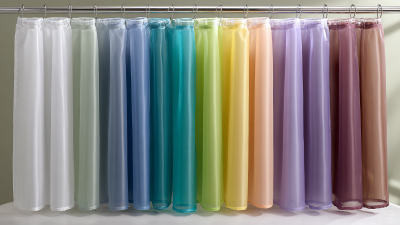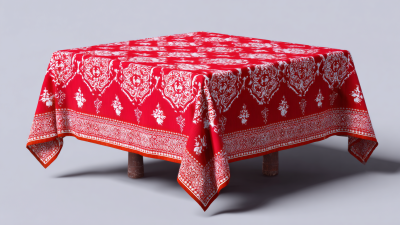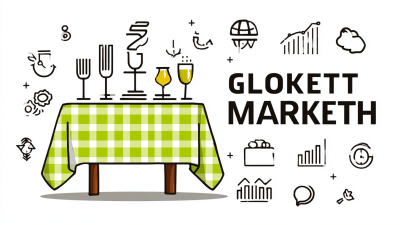When it comes to hosting gatherings or family meals, the right Dining Room Tablecloth can significantly enhance the ambiance and experience of any occasion. According to a recent report by the Home Textiles Association, nearly 75% of consumers believe that table settings, including tablecloths, directly impact the overall dining experience. Not only do tablecloths protect surfaces and add style, but they also serve as a reflection of personal taste and seasonal themes. With an overwhelming variety of materials, colors, and designs available in the market, understanding how to choose the perfect Dining Room Tablecloth for different occasions is essential. This guide aims to navigate through the crucial considerations, ensuring your dining space remains inviting and stylish, regardless of the event you’re hosting.
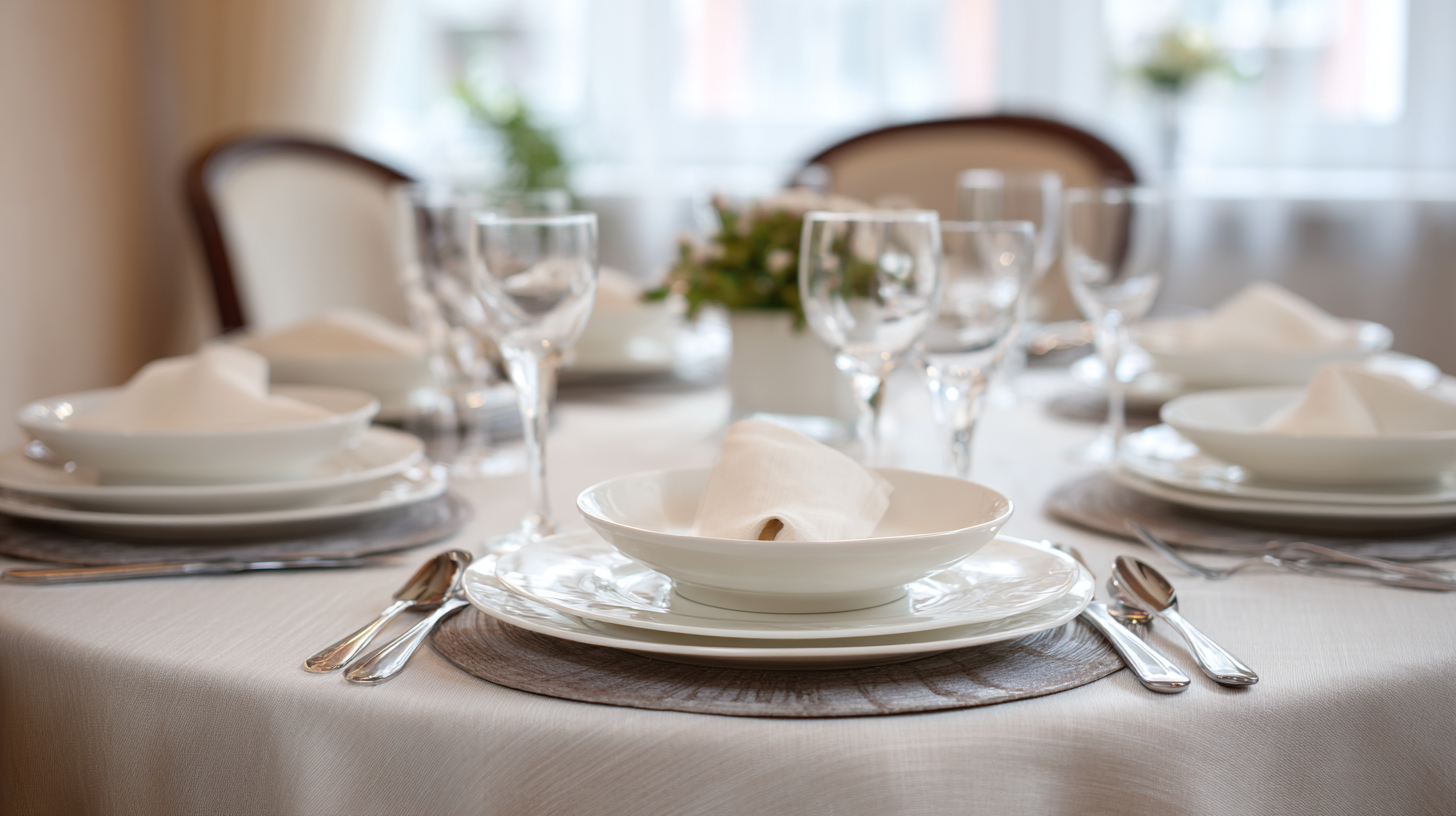
Choosing the perfect dining room tablecloth involves understanding several crucial factors to ensure it enhances your dining experience. First and foremost, consider the fabric. According to a recent report by the Home Textiles Association, linen and cotton are the most popular choices among consumers, valued for their durability and ease of care. Linen, in particular, has seen a resurgence in popularity, with a 20% increase in sales over the last year. This suggests that stylish yet practical options are favorably impacting consumer preferences.
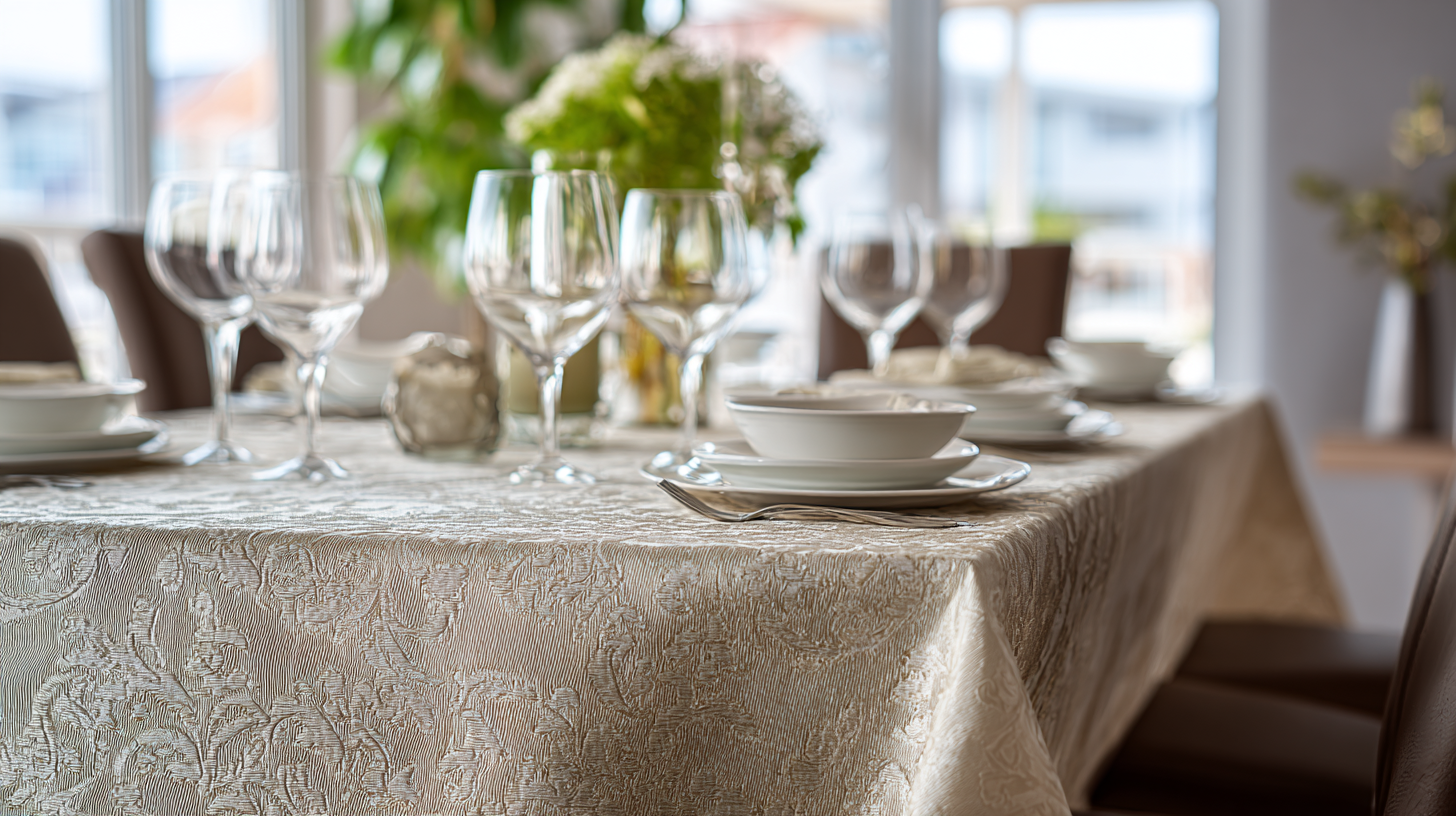 Color and pattern are also essential elements to consider. Research from the Color Marketing Group indicates that dining environments significantly benefit from colors that evoke warmth and comfort, such as earthy tones. Patterns can add depth to your décor, but balance is key; a bold pattern may complement a minimalist setting, while a solid color might be better suited for a more vibrant or eclectic dining room. Ultimately, the choice of tablecloth should reflect the occasion—whether it’s a casual family dinner or a formal gathering—enhancing the ambiance and making each meal memorable.
Color and pattern are also essential elements to consider. Research from the Color Marketing Group indicates that dining environments significantly benefit from colors that evoke warmth and comfort, such as earthy tones. Patterns can add depth to your décor, but balance is key; a bold pattern may complement a minimalist setting, while a solid color might be better suited for a more vibrant or eclectic dining room. Ultimately, the choice of tablecloth should reflect the occasion—whether it’s a casual family dinner or a formal gathering—enhancing the ambiance and making each meal memorable.
When selecting the perfect dining room tablecloth for various occasions, understanding the different fabrics and their suitability is essential. For formal events, such as weddings or holiday dinners, luxurious fabrics like silk or satin can elevate the ambiance. These materials drape beautifully and impart a sense of elegance. Additionally, they are available in a wide range of colors and patterns, allowing you to match them with your tableware and décor seamlessly.
On the other hand, casual gatherings, like family dinners or brunches, call for more practical fabrics. Cotton and linen are excellent choices, offering durability and easy maintenance. These fabrics not only come in cheerful prints and colors that enhance a relaxed atmosphere, but they are also machine washable, making cleanup a breeze. For outdoor events, consider using synthetic materials like polyester, which are resistant to stains and water, ensuring your table looks pristine throughout the occasion. By choosing the right fabric for the right event, you can create a setting that is both functional and stylish.
| Fabric | Occasion | Suitability | Care Instructions |
|---|---|---|---|
| Cotton | Casual Get-togethers | Great for everyday use, easy to clean | Machine washable |
| Linen | Formal Dinners | Elegant and sophisticated | Hand wash recommended |
| Polyester | Family Gatherings | Durable and stain-resistant | Machine washable |
| Silk | Special Occasions | Luxurious and stylish | Dry clean only |
| Vinyl | Outdoor Gatherings | Waterproof and easy to wipe clean | Wipe with a damp cloth |
When selecting a dining room tablecloth, color and pattern play crucial roles in enhancing the overall dining experience. According to a report by the Pantone Color Institute, color can influence our emotions and decisions; therefore, it's essential to choose hues that set the desired ambiance. For instance, warm tones like deep reds and oranges can stimulate appetite and conversation, making them ideal for family gatherings and festive dinners. In contrast, soft blues and greens promote serenity, perfect for intimate dinners and casual meals.
Patterns can also significantly impact the dining atmosphere. A study published in the Journal of Environmental Psychology reveals that intricate designs can create a sense of sophistication and elegance. Floral patterns or damask prints evoke a classic feel, often suitable for formal occasions. On the other hand, geometric or abstract designs can lend a modern touch to your dining setup. The key is to ensure that the tablecloth complements the dinnerware and overall room decor, creating a cohesive visual environment that enhances every meal.
When it comes to selecting the perfect dining room tablecloth, understanding the appropriate sizes and how to measure for your specific table is essential. Start by measuring the length and width of your table. For rectangular tables, measure from the outer edges; for round tables, measure the diameter. Make sure to include allowances for desired drop length, typically ranging from 6 to 12 inches on each side, depending on your style preference.
Tips: When measuring, use a flexible measuring tape to ensure accuracy. If your table has unique shapes, consider using a piece of butcher paper to outline the surface and take measurements. This can help visualize the drop and ensure a perfect fit.
Another key consideration is the thickness of the tablecloth. A lightweight cloth can create an elegant, floated look, while a heavier fabric can provide structure and sophistication. Always keep in mind the occasion—whether it’s a casual family dinner or an elegant gathering—as this will also influence your tablecloth choice.
Tips: Incorporate a variety of textures and patterns to match the theme of your event, and keep in mind that the color palette should complement your dinnerware and decor for an inviting atmosphere.
Choosing the right dining room tablecloth is only half the battle; maintaining its appearance is crucial for longevity and aesthetic appeal. To keep your tablecloth looking great, regular cleaning is essential. For fabric tablecloths, check the care label to identify the appropriate washing method. Most can be machine washed on a gentle cycle, but delicate fabrics may require hand washing to prevent damage. Use mild detergents to avoid fading and damaging the fibers.
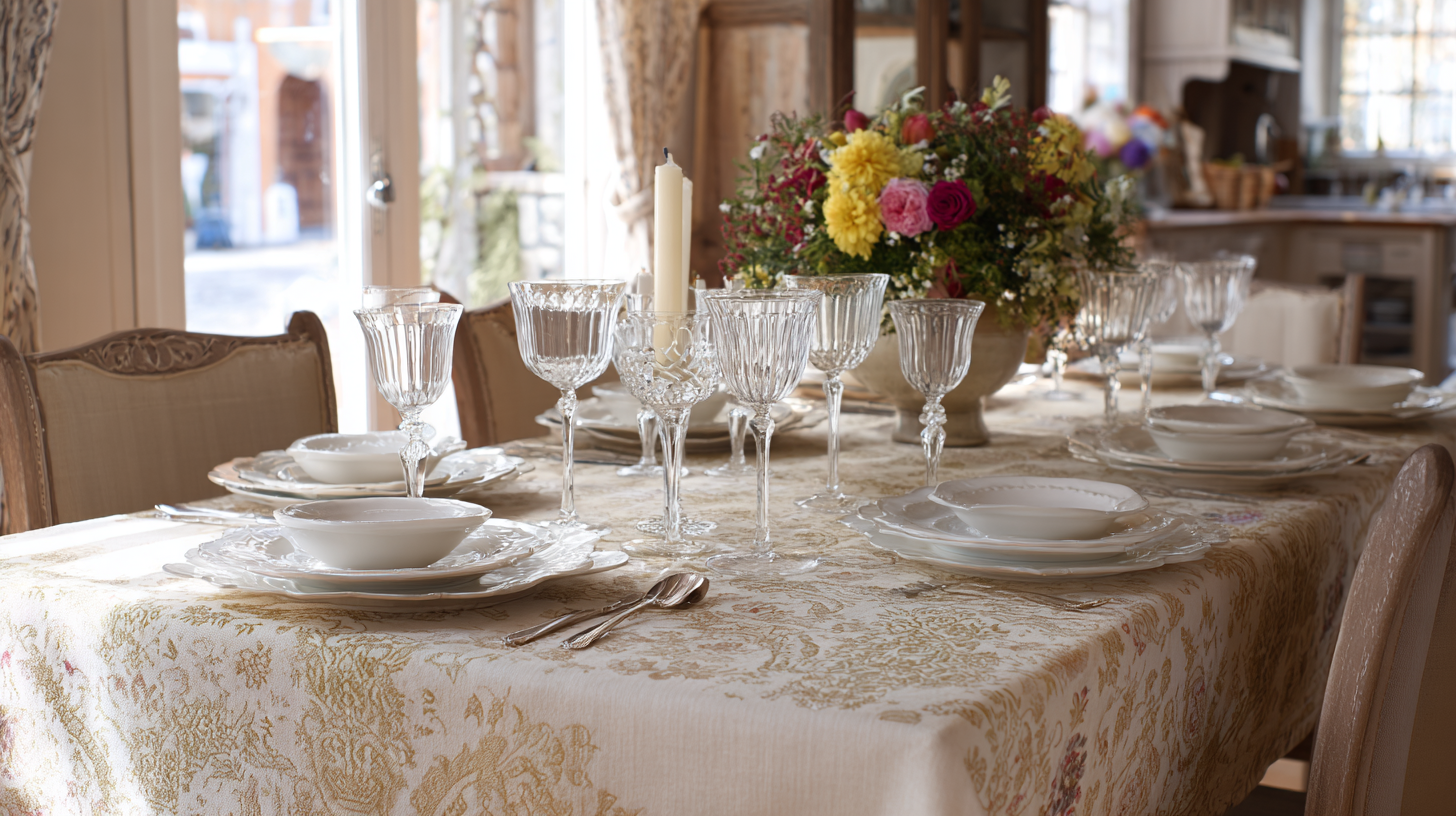
Stain removal is another important aspect of tablecloth care. Promptly addressing spills can prevent stains from setting in. Blot (don’t rub) the stain with a clean cloth to absorb excess liquid, and then treat the area with a suitable stain remover. For more stubborn stains, consider soaking the fabric in a mixture of water and vinegar before washing. Additionally, when storing your tablecloth, ensure it is clean and completely dry to prevent mildew and odors, and fold it neatly or hang it to avoid creases.

